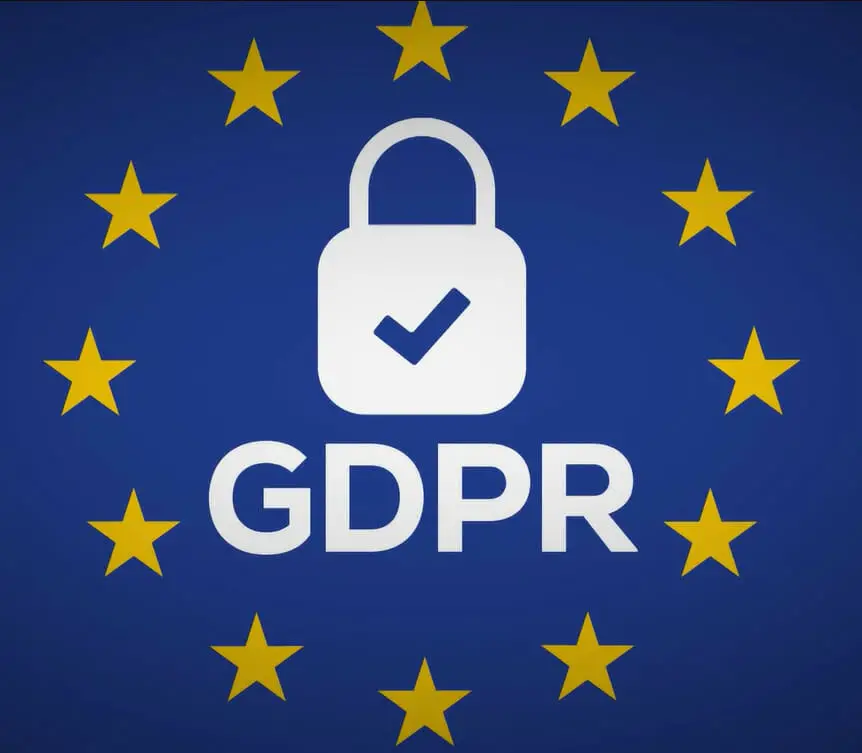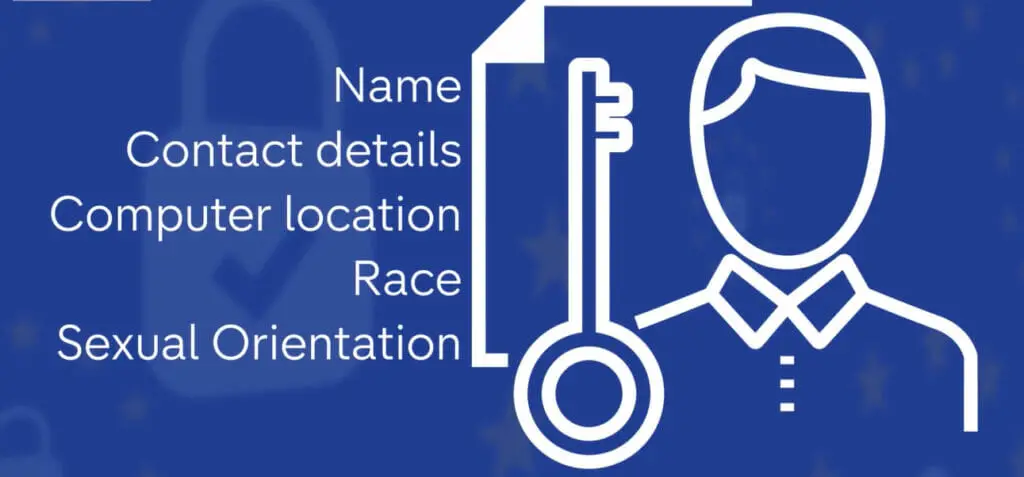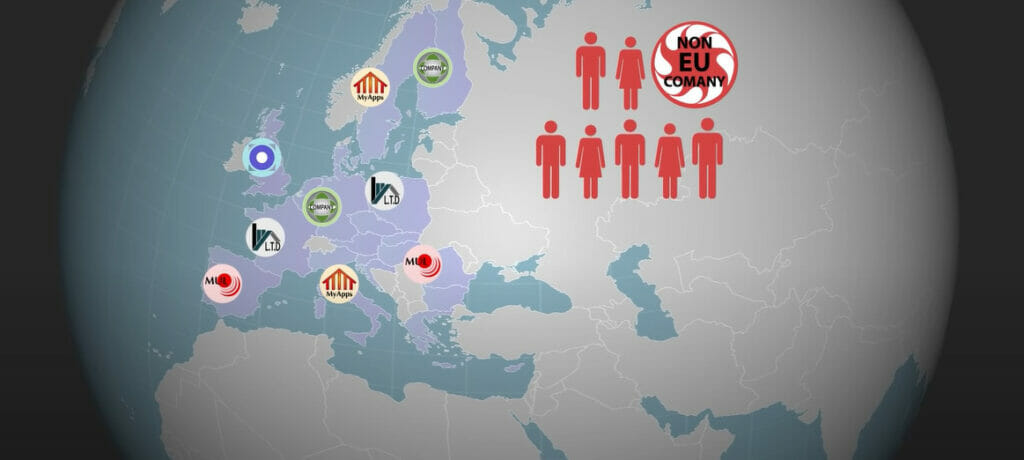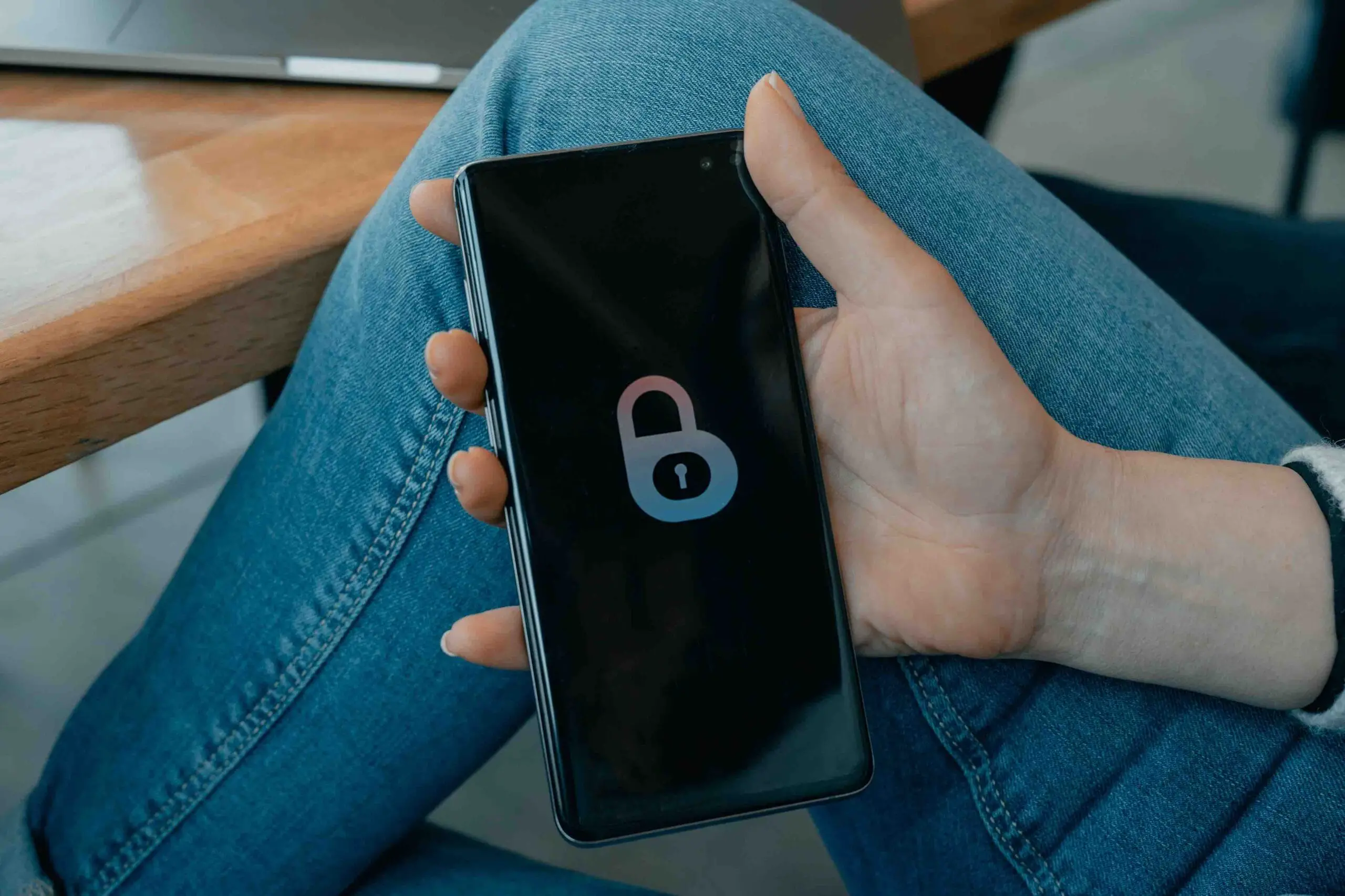In today’s fast-paced digital world, privacy is paramount. You could say it’s a hot-button issue that affects us all, especially in telecommunications.
What exactly is GDPR? The General Data Protection Regulation (GDPR) is an EU law introduced in 2018 to protect citizens’ personal data.
Key aspects of GDPR for telecom operators include obtaining clear consent before data collection, ensuring transparency in data use, allowing individuals access to their data, and even permitting data deletion.
This article will uncover these critical aspects and how they impact consumers and businesses.
Basics of GDPR in Telecom

Telecom privacy is a realm I’ve delved into. And GDPR, in many ways, has been the game-changer. Now, what sets GDPR apart? At its core, GDPR gives citizens control over their personal data, ensuring its collection and usage transparency.
Now, let me throw some light on how GDPR affects the operations within a telecom company. As per GDPR norms:
- Companies must obtain explicit consent from individuals before collecting their data.
- They should be transparent about how they use and process this information.
- Individuals can access their own data and even request its deletion.
How GDPR Affects Telecom Operators
- GDPR hits hard on transparency. Telecom companies can no longer hide behind confusing terms and conditions. They have to be clear about what they’re doing with customer data. This includes everything from who they share it with to how long they keep it.
- Increased accountability. Under GDPR, telecom operators are obliged to demonstrate compliance with privacy rules at all times. If there’s a data breach—and let’s face it, in today’s digital age, breaches are almost inevitable—the affected company has to report it within 72 hours or face hefty fines.
- Possible Heavy Fines. Non-compliance could cost companies up to €20 million or 4% of their global turnover. That’s quite the incentive for telecom operators to get their houses in order!
- Data portability. The GDPR allows customers to easily take their personal data from one service provider to another. This might sound like a headache for telecom providers, but imagine if your customers felt so confident in your services that they chose not to switch.
- The right to be forgotten. Customers now have the power to demand that companies delete their personal data if certain conditions are met.
Operational Challenges in Telecom Privacy Management

Navigating the telecom privacy landscape is not a simple task. From my vantage point, the most pressing challenges aren’t just about compliance. Addressing customers’ growing concerns about their personal data handling is paramount.
- Data Minimization. GDPR speaks for only collecting the data you need. But here’s where it gets tricky: as providers of digital services, telecom companies naturally process vast amounts of customer data. Striking a balance between necessary business operations and minimal data collection requires finesse.
- Consent Management. You see, under GDPR, consent must be explicit and freely given—and withdrawing consent should be as easy as giving it. Managing telecoms with millions of customers across different jurisdictions can quickly become complex.
- Data Breaches. With cyber threats on the rise globally, ensuring robust security measures are in place is paramount—but also challenging.
- Patchwork of Global Regulations: Telecom operators serving customers globally must comply with privacy laws from various countries. Understanding and harmonizing these diverse regulations in daily operations can be a significant challenge.
- Upgrading Old Systems: Many telecom companies operate on outdated legacy systems. Adapting these to the newest regulations can be both costly and time-consuming.
- Balancing User Experience with Privacy: Ensuring privacy shouldn’t come at the cost of user experience. Multiple consent screens or convoluted access processes can deter users. Finding the right balance is essential.
- Vendor Management: Telecom operators often rely on third-party vendors for services. Ensuring that these external partners also adhere to strict privacy standards is critical. One weak link in the chain, such as a non-compliant vendor, can lead to vulnerabilities.
- Continuous Training and Education: As regulations and technologies evolve, continuous training for employees handling data is essential to ensure compliance and awareness of the latest standards.
- Future-Proofing Systems: Telecom operators must establish infrastructures that can adapt to future regulations without requiring extensive overhauls. This means having systems in place that can be updated incrementally.
- Public Perception and Trust: Beyond ensuring data privacy, telecom companies have to work on maintaining and building the trust of their users. A single breach or scandal related to privacy can severely impact their reputation.
Best Practices for Telecom Operators

I’ll dive right in and share some key best practices that telecom operators should adopt to comply with GDPR and other privacy regulations.
- Establishing a robust data protection framework. This involves understanding the type of data being collected, its source, how it’s processed, and who has access to it. Classifying data based on sensitivity and applying appropriate controls is essential.
- Implementing strict access control measures. Only authorized personnel should have access to sensitive data. Regular audits can help ensure compliance with these controls.
- Develop an effective breach response plan. It’s crucial to have an effective breach response plan as well. In case of a data breach, telecom operators are required by GDPR to notify affected parties within 72 hours.
- Transparency plays a vital role in maintaining customer trust. Telecom operators must communicate their privacy policies and any changes made therein.
- Train staff regularly. Training staff about GDPR requirements enhances awareness about potential threats and helps maintain compliance.
Let me break down some interesting stats related to these best practices:
| Key Aspect | Relevant Statistic |
|---|---|
| Data Breaches | 58% of breaches involve personal data (Verizon) |
| Staff Training | 90% of cyber incidents can be prevented through increased awareness (KPMG) |
Telecom Privacy: Innovations and Future Directions
As more and more aspects of our lives become digitized, the need for robust telecom privacy measures is becoming increasingly critical. With new technologies emerging daily, we’re on the cusp of revolutionary changes in securing and managing personal information.
- Blockchain. We’ve seen its success with cryptocurrencies like Bitcoin – but imagine if your personal data was stored similarly. Each piece of info would be a ‘block,’ linked to others in a secure chain that only you could access.
- Data Protection Laws. There are also significant strides being made on the legislative front. Countries worldwide recognize the importance of data protection and are starting to enforce their own forms of GDPR-like regulations.
- Artificial Intelligence. With machine learning algorithms getting smarter by the minute, they’re set to play a huge role in detecting potential threats or breaches before they even happen!
- 5G Networks. The advancement in mobile connectivity. 5G promises faster speeds and better overall connectivity. With more devices connected to the network, there’s an increased need for enhanced security to protect data.
- Internet of Things (IoT). Devices that connect to the internet, ranging from smart fridges to thermostats, increase in number. It’s essential to regularly update device software and change default passwords to maintain security.
- Augmented Reality (AR) and Virtual Reality (VR): Beyond entertainment, AR and VR are applied in various sectors like real estate and healthcare. These technologies gather significant user data, such as movement patterns and location. Users should be aware of the kind of data these applications collect.
- Biometrics: Technologies that recognize and verify individuals based on physical characteristics, like facial recognition or fingerprint scans, are becoming more common. While they offer heightened security, biometric data cannot be altered once compromised.
- Quantum Computing. This potential breakthrough in computing may offer unparalleled computational power. While it could challenge existing encryption methods, it also promises to develop stronger protective measures.
- Edge Computing. This involves processing data closer to its source, such as a specific device or local computer, rather than relying on centralized cloud storage. This proximity can reduce the vulnerability of data as it travels through networks.
Other Global Telecom Privacy Regulations

While GDPR might be the talk of the town, several other privacy laws worldwide demand our attention.
- California Consumer Privacy Act (CCPA). Introduced in 2018, it has been making waves in data protection in the United States. It gives Californians the right to know what personal information is collected and how it will be used or disclosed. Plus, they can say no to the sale of their personal info!
- Lei Geral de Proteção de Dados (LGPD). This law hit the scene in 2020 and shares many similarities with Europe’s GDPR – but don’t mistake them for twins! The LGPD includes unique provisions like stricter rules for processing children’s data and tighter timelines for reporting data breaches.
- China’s Personal Information Protection Law (PIPL). This is considered one of China’s most stringent privacy laws ever passed! PIPL requires explicit consent from individuals before collecting and using personal data.
- Canada’s Personal Information Protection and Electronic Documents Act (PIPEDA). PIPEDA oversees how private sector organizations collect, use, and disclose personal information in commercial business.
- Australia’s Privacy Amendment (Notifiable Data Breaches) Act. Mandates companies to notify individuals when their data may have been compromised.
This table briefly overviews each regulation, highlighting key aspects for easy comparison.
| Regulation | Focus | Consent | Penalties | Data Portability | Data Breaches |
|---|---|---|---|---|---|
| GDPR (EU) | Empower individuals. | Explicit and freely given. | Up to €20 million or 4% of global turnover. | Yes. | Report within 72 hours. |
| CCPA (California, USA) | Protect Californians’ rights. | Opt-out of sale of data. | Up to $7,500 per intentional violation. | Request personal information. | Must report breaches. |
| LGPD (Brazil) | Protect data holder rights. | Explicit and informed. | Up to 2% of revenue in Brazil or R$50 million per violation. | Request copy of data. | Notify in a reasonable time. |
| PIPL (China) | Safeguard individual rights. | Explicit. | Varies based on severity. | Not explicitly defined. | Must inform users and authorities. |
| PIPEDA (Canada) | Govern data during commercial activities. | Must be meaningful. | Court orders and fines. | Request access to personal info. | Report to the Privacy Commissioner. |
| Australia’s Privacy Amendment (NDB) Act | Strengthen personal data protection. | Implied or explicit. | Fines for repeated privacy interference. | Not explicitly defined. | Notify affected individuals and the Commissioner. |
Taking Charge of Your Telecom Privacy

Being proactive and informed about your telecom privacy can make all the difference. Take these steps seriously, and ensure your personal information remains secure.
- Read the Fine Print: While it’s tempting to skim through terms and conditions, it’s crucial to understand what you’re agreeing to. Make time to read privacy policies and service terms.
- Strengthen Your Passwords: Always use strong passwords that combine letters, numbers, and symbols. Periodically changing them boosts your security.
- Enable Two-Factor Authentication: Whenever available, turn on two-factor authentication. It provides an additional layer of security.
- Be Cautious of Unsolicited Communications: If you receive unexpected calls or messages from someone claiming to be your service provider, don’t provide personal details. Instead, call the official number to verify.
- Review App Permissions: Go through your device and app settings regularly. Ensure you only grant necessary permissions and adjust settings that share your data.
- Monitor Account Activity: Check your telecom statements and account activity every month. If you spot unfamiliar charges or services, query them immediately.
- Ask and Clarify: If you’re uncertain about any aspect of your data or privacy settings, contact your service provider. Being proactive and asking questions is your right.
- Stay Updated: As the digital realm evolves, staying informed is important. Keep up with new privacy measures and potential risks.
- Backup and Update: Ensure you back up your data regularly and update your software. This protects your information and often enhances your device’s security features.
Frequently Asked Questions
- How do telecom operators handle outdated systems in this new privacy era?
- It’s a challenge! Many are working hard to update legacy systems to comply with new regulations. Sometimes it’s a system overhaul, and sometimes it’s just tweaks.
- How do telecom operators ensure third-party vendors respect these regulations?
- It’s crucial to vet vendors thoroughly. Operators should ensure contracts with third parties include clauses mandating adherence to privacy regulations.
- Do these privacy regulations slow down innovations in telecom?
- Not necessarily. While stricter guidelines exist, they push companies to innovate in data privacy and protection.
- How do telecom companies strike a balance between user experience and privacy?
- It’s all about thoughtful design. By integrating privacy measures seamlessly into user interactions, companies can maintain an efficient user experience without compromising data protection.
- Are data breaches inevitable, even with these regulations in place?
- While regulations like GDPR set high standards, no system is entirely foolproof. The key is having quick response measures to manage and report breaches when they happen.
- How can consumers ensure their telecom provider is GDPR compliant?
- Always look for clear privacy policies on the provider’s website. If in doubt, contact customer service or a company representative for clarification.
- Are there specific tools telecoms use to remain compliant with these regulations?
- Many telecoms use Data Protection Impact Assessments (DPIAs) and tools for consent management, data mapping, and breach response planning.
- How long do telecom operators typically store consumer data?
- The duration varies based on the type of data and the applicable regulation, but operators are encouraged to keep data no longer than necessary for its intended purpose.
References
Website Resources:
- GSMA. https://www.gsma.com/
- GDPR.eu. https://gdpr.eu/
- Data Protection Commission. https://www.dataprotection.ie/
Video References:
Channel 4 News

